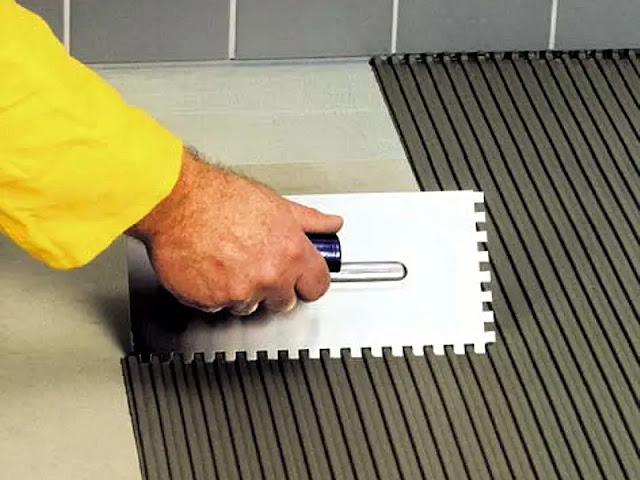Wall Putty Options: Benefits of Various Types
Wall putty can be a great way to improve the appearance of their walls, and it is easy to use. In this article, one can choose from different types of wall putty and make an informed decision about which type is best for them.
1. Wall Putty Can Fix Seams
Even seams that look perfect can still have small holes or crevices that can let water in through their walls. This is especially important for people living in high humidity areas, as the moisture will cause mold and mildew growth within these tiny cracks if not corrected.
2. Wall Putty Can Seal Cracks
Yes, even though wall putty comes in different forms - such as spackling paste - they're relatively interchangeable when it comes to being used on things like small cracks on their wall's surface. For example, spackling paste is often thicker than spackle, which allows it to stay on a wall for longer without drying. This is important because they don't want the small crack to grow into an even bigger hole that affects the structural integrity of their walls.
3. Wall Putty Can Cover Holes & Holograms
Many people think of putty as being used only for filling holes - something that's true too! But one technique some homeowners use with wall putty is to apply putty over holographic stickers or simply stickers they've wanted removing from their walls. Wall putty will allow them to remove the sticker while giving their wall overall smooth surface so new decorations can be applied later on down the line.
4. Wall Putty Is Great For Do-it-Yourself Projects
Wall putty is a versatile material that can be used on various household projects, particularly if one is the type to need to do a lot of repairs around their house themselves. First of all it's easy to apply and simple to remove, meaning no damage will come from mistakes in the process - something that can't always be said for other types of drywall repair products!
5. Wall Putty Can Be Easily Sanded and Repainted
Even though wood putty is great for filling holes and cracks, spackling paste tends to only last around two weeks before it starts cracking and breaking up - which means any repairs or painting that needs to be done afterward will require a lot of work. On the other hand, Wall putty can be easily sanded down until it’s flush with their wall's surface before they apply paint over it!
6. Wall Putty Can Be Applied Over a Variety Of Surfaces
While not necessarily designed to do so, some homeowners have found out the hard way that wall putty is easy to apply over surfaces like drywall and plaster - but also unsealed tile and panelling. If they're looking for an adhesive that even works on porous surfaces then this might just be what they need!
7. Wall Putty Can Extend The Life Of Your Home Repair Projects
Often, when people are trying to do drywall repair themselves, it's because they don't want to spend the money on paying a professional. But they are also under the impression that if they do, themselves, then their work won't hold up as well as what they could expect from a professional contractor.
Well not only does white cement based putti come in different formulations - including some that can be sanded down without too much trouble - but using it will allow their walls to look perfect for longer!




Comments
Post a Comment